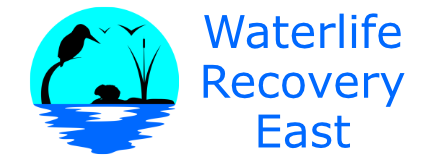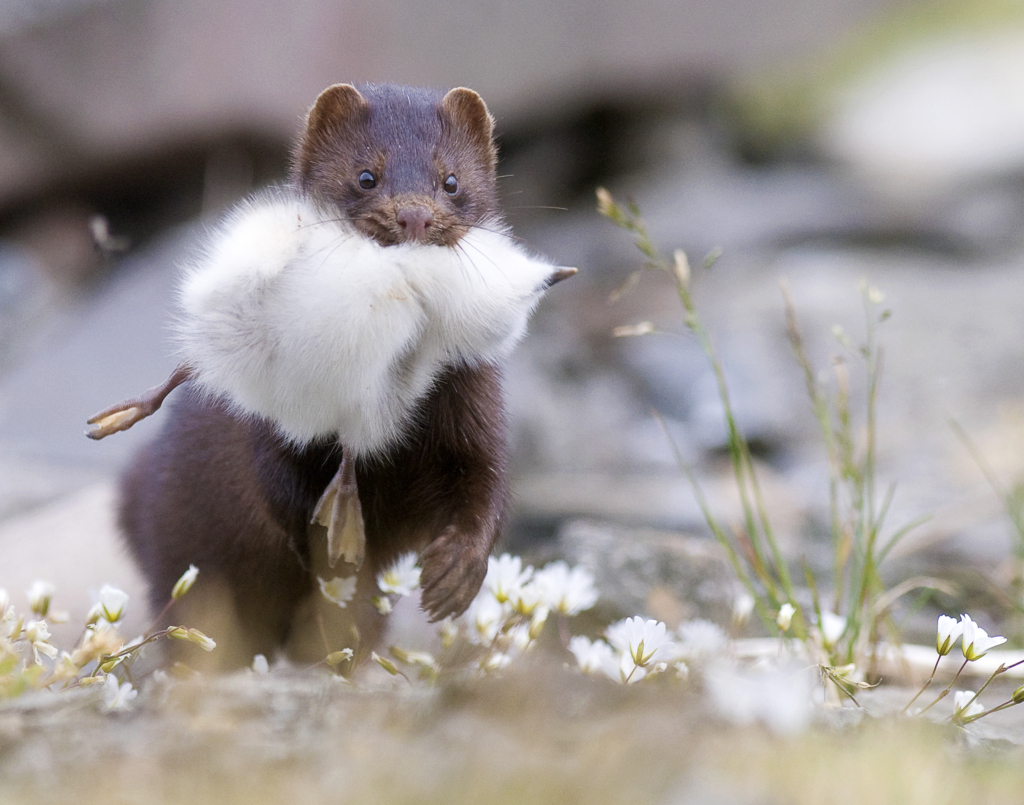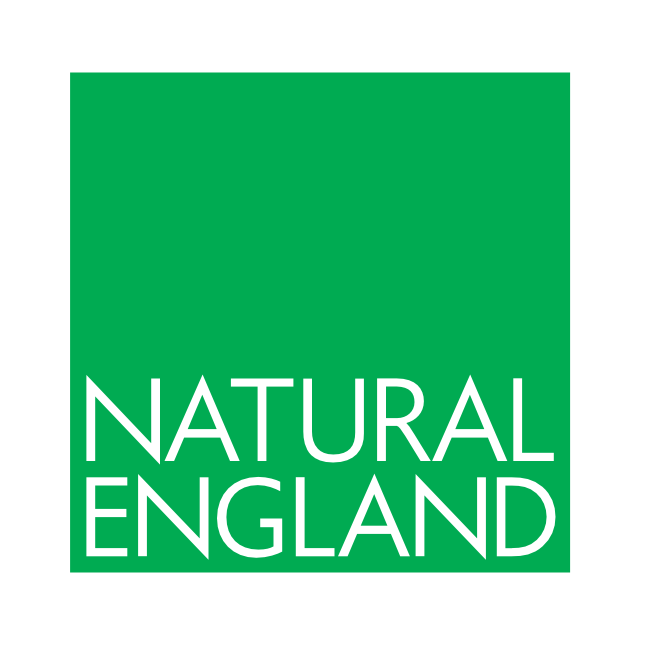About Waterlife Recovery East
Waterlife Recovery East represents the collective vision and endeavour of numerous conservation NGOs, water and land management agencies and charities, and farming and wildlife groups. It brings together professionals and volunteers who have long been controlling American mink in their own areas, enhancing their effectiveness through better strategic coordination, mutual support and collective fund raising. The objective of the Project is also strongly supported by the results of a questionnaire distributed widely to conservation staff in Great Britain.
Some people may feel that it is wrong to kill feral American mink – that they are now established over here and that we should simply accept their presence. That is an understandable and seemingly humane attitude, but in reality it is too late to avoid animal deaths. Not least, our survey of mink control projects across Britain, and the results of the Game and Wildlife Conservation Trust’s annual census, indicates that over 1000 American mink are killed annually every year by people maintaining protection of wildlife, game or fishing interests. If we elect to do nothing, then a painful death will be visited upon millions of native creatures like water voles, kingfishers, sand martins and frogs. Indeed, without expensive and perpetual human intervention, water voles would disappear from much or all of Britain. Such a prospect is appalling to many of us, especially if we can do something to stop this carnage of some of our best-loved wild animals. And do something we can, so the question now is not whether it is acceptable to kill mink, but whether it is better to humanely remove a relatively modest number of mink or to allow those mink to destroy millions of native creatures. This is an uncomfortable choice, and it is tempting to avoid making it, but doing nothing actually amounts to siding against our own vulnerable wildlife. The organisations and people represented by Waterlife Recovery East have made that choice. They are investing a great deal of time and energy in providing a better future for our countryside by freeing it of American mink; using science and new technologies to fix a problem brought about by previous generations.
Steering Group and Membership
To gain views and engagement from as wide a range of interests as possible, a wide range of stakeholders will periodically be invited to an open meeting to offer advice and guidance for the project. The current project sprang from an inaugural meeting of such a group called to discuss the possibility of starting a project to eradicate mink from East Anglia.
- Professor Bill Amos (Univ. Cambridge)
- Simon Baker (Norfolk Mink Project)
- Rebecca Banks (Norfolk Rivers Trust)
- Mike Drew (Anglian Water)
- Cat McNicol (BASC)
- Tim Hill (Herts & Middlesex Wildlife Trust)
- Margaret Haggerty (Greater Lincs Nature Partnership)
- Caroline Laburn (Water Management Alliance and Internal Drainage Board representative)
- Richard Lawrence (Bedfordshire Rural Communities Charity)
- Vince Lea (Countryside Restoration Trust)
- Professor Tony Martin (Univ. Dundee; chair)
- Joe Martin (Farmer and Practical Conservationist)
- Martha Meek (River Waveney Trust)
- Emily Smith (Angling Trust)
- Dave Rogers (RSPB)
- Chris Strachan (Environment Agency)
- Darren Tansley (Essex Wildlife Trust)
- Alice Wickman (Suffolk Wildlife Trust)




